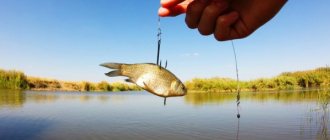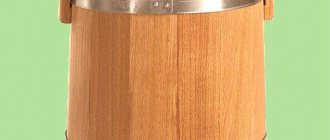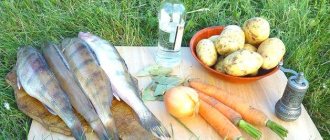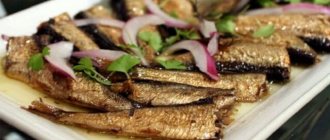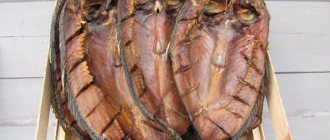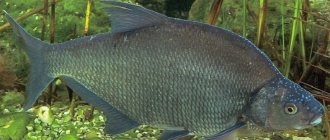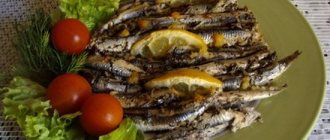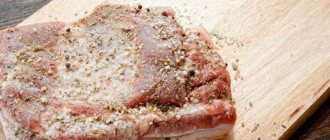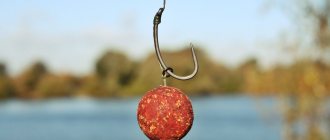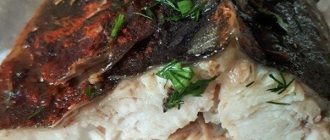What are boilies and their varieties
A boilie is a round bait that contains various ingredients. Depending on the ingredients, the boilies will have a different smell and color. They use boilies to catch peaceful fish; in our region they do a good job of fishing for carp, usually of large sizes.
This type of bait is distinguished by size:
- for large carp, correspondingly larger balls are used, 12 mm or more;
- mini boilies have a smaller diameter, up to 6 mm, and are an effective bait for large crucian carp and bream.
Special equipment is made for the balls, which will facilitate effective catching of trophy specimens.
In addition, boilies are divided into three main groups according to other characteristics:
- Sinking boilies can be of different sizes, their weight is quite large. The characteristic features are that when casting this type of bait, the tackle sinks to the bottom, including the hook. The catch of fish occurs during the period of its feeding in the bottom layers of water, but if a school of bream moves higher, you cannot count on a catch.
- The floating type helps catch fish when bottom baits don't work. The finished ball on the rig rises in the water column, and the entire rig rises accordingly. We can say that the bait itself climbs into the mouth of the bream, swallowing the boilie, it also swallows the hook. As practice shows, it is better to fish with floating boilies in late summer and early autumn.
- The dusting type of bait differs from its counterparts in that the top layer of the boilie begins to dissolve almost immediately after touching the water. The upper part of the ball creates turbidity, releasing particles of ingredients, which in turn attract fish. Dust boilies are rarely used separately; they work great in tandem with the sinking type.
To enhance efficiency, equipment with neutral buoyancy is often made, that is, floating and sinking boilies are selected according to size. This proximity will help lift the hook from the silt, where the fish cannot see it at all, but the tackle will not be able to float high.
Victoria Leshchenko
I've been working hard in the fishing tackle department for the past six years. I can help you assemble almost any gear.
Ask a Question
Beginner fishermen prefer purchased baits of this type, but more experienced ones know how to make a catchable bait for bream with their own hands. This procedure is not complicated, the main thing is to know the most effective recipes and follow all proportions.
Independent production of different boilies
Homemade bream boilies are quite simple to prepare. To do this, take:
- 100 grams of ground seeds;
- 30 grams of egg powder;
- 10 grams of sugar;
- 10 grams of flour.
From all this you need to knead a thick dough and then let it settle well. After some time, the balls are rolled, boiled and dried well. Ready-made dry boilies are placed in a plastic bag with the addition of flour and placed in the refrigerator.
If you need to prepare floating boilies, use a microwave oven. In this case, the highest temperature is set for rapid evaporation of moisture and the maximum possible time. However, the boilie should not burn. It is worth adding more scents to floating baits, because microwaves worsen the smell.
To give the bait the scent favored by bream, the aromas of pineapple, coriander, and fishmeal are used . In addition, bream like the smells of various fruits, for example, plums, strawberries, etc. But they are suitable for summer fishing, and in the spring, as already mentioned, only the smell of crushed bloodworms or worms is suitable.
In the spring, you can use boilies with a diameter of up to 10 mm to catch bream. But in summer, as well as in early autumn, 14 mm baits are suitable. The flavoring is also selected depending on the season. In spring, the boilie should smell like a worm or crushed bloodworms. For summer boilies, fruit flavors are preferable, for example, strawberry.
Popular recipes for making boilies with your own hands
The key to successful fishing is high-quality bait and groundbait; ready-made purchased options will not always be able to satisfy the refined taste of the inhabitants of the reservoir. This was the main reason why fishermen began to independently produce the required amount of bait with a certain smell and taste.
The composition of the boilie is selected carefully; the ingredients must attract fish, stick together and have a certain structure.
The nutritional component is usually represented by cereals: corn, wheat, semolina, rice. Eggs are a source of amino acids; they are used to prepare baits of this type without fail. You can flavor and add a certain taste in different ways; at home it is better to use natural ingredients, then the catch will definitely be excellent.
The most popular are several types of boilies, the recipes of which are largely similar. The natural ingredients that give the bait flavor will differ.
Hepatic
Among the many recipes, in most cases bream is caught using liver boilies. The structure and specific smell will attract not only him, but most large fish inhabitants will not be able to pass by such bait. They are prepared from the following ingredients:
- 150 g fresh liver;
- 5-6 eggs, depending on size;
- 3 tsp honey;
- 1 tsp. dry garlic powder;
- 50 g soy flour;
- 250 g semolina.
The cooking process is simple:
- the liver is passed through a meat grinder twice or beaten in a blender;
- In a separate container, beat the eggs, add honey, garlic powder and chopped liver;
- in another container, thoroughly mix the dry ingredients;
- Gradually add the dry ingredients into the egg mixture and mix thoroughly.
The result should be dry dough. If there is too much liquid, add semolina to thicken it.
Peas
Pea-scented balls are no less popular; the following products are used to make them:
- 100 g peas;
- 30 g semolina;
- egg;
- a tablespoon of corn oil;
- a tablespoon of honey;
- teaspoon glycerin.
Peas are ground into flour, semolina is added. In a separate container, beat the egg with oil, honey and glycerin. Next, liquid products are gradually introduced into the dry mixture and mixed thoroughly.
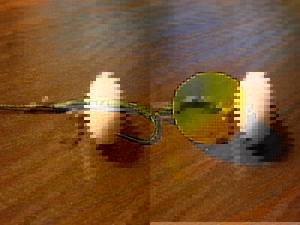
Corn
In summer, corn boilies are considered universal; they are prepared for all types of peaceful aquatic inhabitants. The components are:
- a glass of soy flour;
- a glass of corn flour;
- 300 g milk powder;
- 600 g semolina;
- 2 tbsp. l. unrefined vegetable oil;
- 10 eggs;
- A teaspoon of any food coloring.
If desired, you can add ground sunflower seeds; flavoring and coloring may not be added at all if you are using homemade eggs with a bright yolk.
Victoria Leshchenko
I've been working hard in the fishing tackle department for the past six years. I can help you assemble almost any gear.
Ask a Question
The process of preparing the mixture is simple: mix all the dry ingredients, and then add lightly beaten eggs and vegetable oil. The well-kneaded mixture is placed in a plastic bag and left to rest for 20-30 minutes, this will make further cutting of the dough easier.
From the top
Sunflower seed cake has always attracted fish, boilies made from it also have catchability. They are prepared from the following ingredients:
- 10 parts of fine cake;
- 3 parts dry egg powder;
- 1 part wheat flour;
- ½ part sugar.
All ingredients are mixed dry, and a mixture of vegetable oil and molasses is gradually added. You need to be careful with liquids; the dough should be elastic.
How, where and when to catch carp
You can start fishing for carp with boilies when the water temperature reaches +10 degrees, starting in the spring from May until October.
Fish activity occurs in hot, cloudy weather. And also early in the morning and during sunset.
Carp lives in both ponds and lakes. Found in reeds and holes. In the daytime it swims away from the shore, and in the evening and at night it stays in shallow water.
There is a video worth watching, the author of which shares the secrets of catching carp on a feeder using boilies.
Cooking technology
All boilies for bream have the same preparation technology; the ingredients have virtually no effect on the process.
Preparing the dough
Mix dry and liquid ingredients in separate containers. Afterwards, these two substances are combined and kneaded well. An important point is to rest the dough; it is left for 20-30 minutes in a closed container or in a bag. During this time, the gluten of the ingredients is activated and the boilies will have the desired consistency.
Forming boilies
The resulting dough is divided into strips, from which the formation of boilies begins. Next, the strips are cut into small cubes, from which balls of the required diameter are rolled.
Boiling or baking
To secure the shape, you need to treat the ball with heat. To do this, they are boiled in water or in a water bath, and the dusty ones are baked in the microwave.
Drying
The final stage of producing boilies at home is drying them. To do this, they are laid out on a clean, flat surface and left to dry completely.
Ready-made boilies are stored in the refrigerator or canvas bags in a cool place.
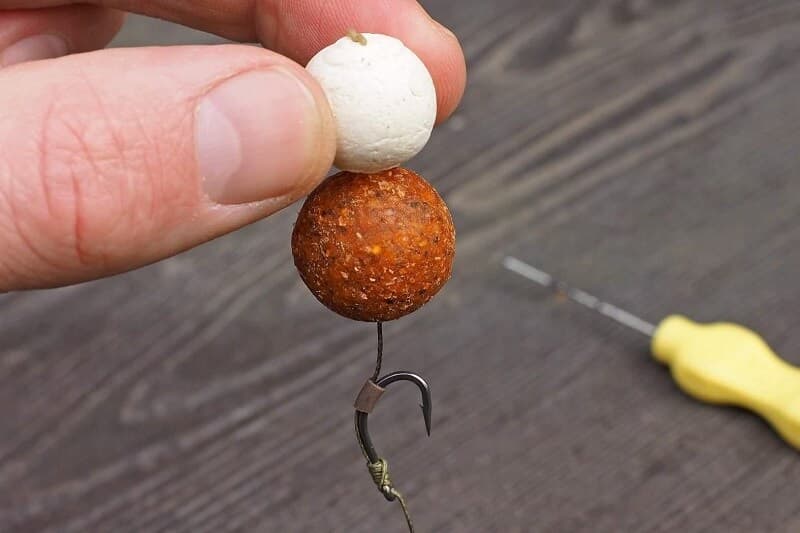
Aromatization
Flavoring is added to attract fish and keep them in the fishing area. You can buy them or prepare them yourself: for 1 kg of sugar, 750 ml of water (preferably bottled), cook, stirring, over low heat. The foam must be removed as it forms. When the sugar dissolves, add aromatic additive. Store the resulting mixture in a cool place. When adding to complementary foods, dilute with water. In addition to sugar syrup, you can prepare an alcohol solution. To do this, pour the spices, berries, and worms with alcohol and add a spoonful of sea salt, it will prevent fermentation. Frozen blood of poultry and animals can be added as a dip.
Read: Tactics for feeding bream during winter fishing
The choice of scent depends on the time of year. In summer, bream like smells of plant origin: plums, strawberries, hemp, vanilla, corn. In the off-season, give preference to the smell of bloodworms, worms, garlic, anise, and coriander.
Important! Boilie cooked in a microwave oven is loose, it has buoyancy, but quickly becomes limp, boiled will last longer. The dried one will become dusty and melt in water faster than the others.
Features of equipment for catching bream with boilies
Equipment for boilies on the feeder is usually formed in advance; hair equipment is considered the most effective. Even a novice fisherman can assemble it, and catchability is guaranteed.
To assemble the equipment you should prepare:
- hook of the required size;
- sinker;
- leash;
- boilie stopper.
The formation of the gear goes like this:
- a sinker and a hook are attached to the main line; the next step is to attach the boilie;
- a leash is attached near the eye of the hook;
- additionally, it is secured with a transparent cambric on the bend of the hook;
- the end of the leash should have a loop that is pulled through the boilie;
- It is necessary to stop the boilie; for this, a special stopper or a piece of toothpick is often used.
The result of such simple manipulations should be a ready-made tackle, which I throw upon arrival at the chosen fishing spot.
About the nozzle
“Boilies” is not the only name given to the corresponding baits by domestic fishermen. The bait was developed abroad, initially called “Balls”, which when translated gives us “ball”, “ball” or “ball”. In different regions of Russia and the former CIS, these nozzles are called differently. You can meet an angler who will call them “boilies” (the most common name in our country), “bowls”, “bowls”, “balls” (if the person studied German) or simply “balls”. Keep in mind, they are all talking about balls.
Unlike the appearance of balls on the fishing market, bowls themselves occurred a very long time ago, and it should be said with confidence that they appeared as a result of the ordinary actions of anglers. Most likely, someone decided to take a piece of bread crumb, add some other ingredient and roll it into a ball, and then put it on a hook. This is how the direction of fishing with boilies developed. Later they began to represent complex complexes of components, divided into species and types, according to fish, as in the case of bream.
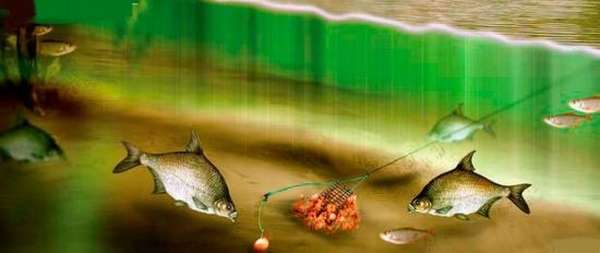
In the case of a feeder, both large and small fish will swim from the feeder to the smell, but small fish will no longer be able to grab properly selected bowls in size.
Boilie fishing technique
Catching bream with boilies involves the additional use of bait. But you shouldn’t throw in a large amount of food, and the bait itself should be chosen so that it serves as bait for fish.
After light feeding, you can cast the formed gear; it can be one rod or several. The bream, located in the reservoir, picks up pieces of the proposed bait and heads to the tackle, where there are homemade balls with an attractive taste for it. Having swallowed the ball, he will be hooked. The fisherman’s task is not to miss this moment and to correctly remove the fish from the water.
How to make boilies at home
Many fishermen, having tried different boilies for catching bream, decided that it was better to make the delicacy themselves. In this case, you can decide what goes into it and what flavorings to pay attention to.
As for store-bought balls, they most often contain foods rich in carbohydrates, fats and proteins. We are talking about semolina, corn, and rice cereals. At the same time, not a single boilie can do without adding eggs to it, which are a binding element. In addition, they contain a lot of protein, which is necessary for fish.

